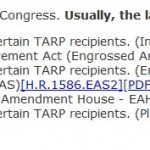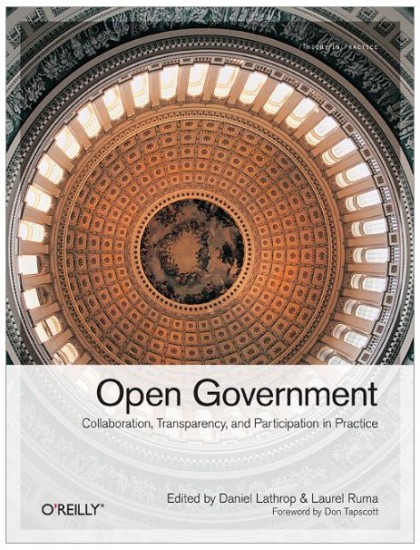The House and Senate have now both passed bills aimed at encouraging telework in the federal government. As anyone who has had to commute to work in the Washington DC area knows, the national capital area could probably use a good dose of telework to relieve traffic congestion.
According to Joe Davidson’s column in the Washington Post, “The inability or unwillingness of supervisors to manage staff members they can’t see has long been cited as a major reason” more federal employees don’t telework. This fits with what I’ve heard from some current or former federal managers. “I have enough trouble getting work out of people when they’re in the office,” one remarked.
The legislation offers some simple solutions: Tell federal agencies they have to allow all employees to work remotely unless there’s some reason a position isn’t conductive to telework. And accompany that with training so that managers will be better equipped to manage employees who aren’t in the office.
I’m a big fan of telework. But one of the keys to making it work is holding employees accountable for results instead of inputs like time on task or time hanging around the office. It’s possible to do this even when the desired results are hard to measure. Universities, for example, evaluate professors based on the quality of their teaching and research, not the number of hours they spend preparing for class or writing. This system is hardly perfect, and some places do this better than others. But on balance, it works much better than telling professors they’ve fulfilled their obligation by showing up at the office 40 hours a week.
So the key question in making telework work in the federal government is, “How well do agencies hold individual employees accountable for results?” Here, the federal government has a few handicaps to overcome. It’s hard to fire people for poor performance. Pay is set by the federal pay scale, which does not necessarily create a direct link between pay and the value of the employee’s accomplishments to taxpayers. And agencies do not always create a clear understanding of how the individual employee’s contribution affects the results the agency is supposed to produce.
Granted, the federal government is probably better at dealing with some of these challenges now than it was 20 years ago, especially for the senior executive service. But most federal jobs are still a long way away from at-will employment with clear performance measures tied to the organization’s goals. This is a change that requires not just “more training” or “cultural transformation,” but also a redefinition of the terms of federal employment.
Given those circumstances, I think federal managers are justified in their concern that giving most employees the automatic right to telework could reduce productivity. I can think of two ways to make telework work in the current federal employment environment:
1. Make people earn it. Employees who show they can get things done without a lot of supervision in the office are the most obvious candidates to be effective working remotely.
2. Mandate a trial period and evaluation. If you think it’s fair to guarantee the opportunity to telework to most employees, mandate only that it must be offered on a trial basis. Continuation depends on performance.
These are, of course, second-best solutions. And there may be others.




 The Technology Liberation Front is the tech policy blog dedicated to keeping politicians' hands off the 'net and everything else related to technology.
The Technology Liberation Front is the tech policy blog dedicated to keeping politicians' hands off the 'net and everything else related to technology.